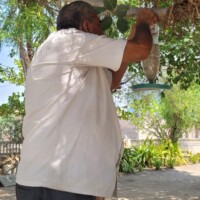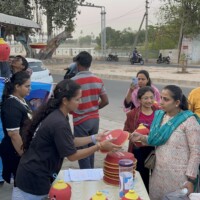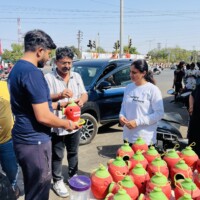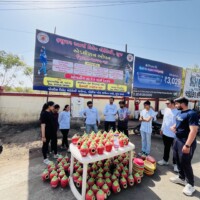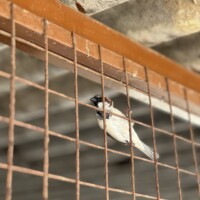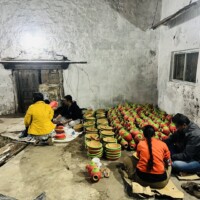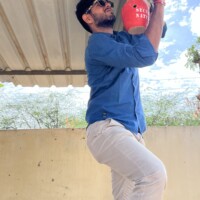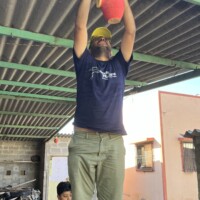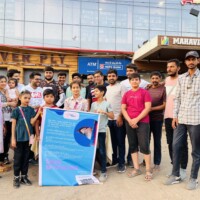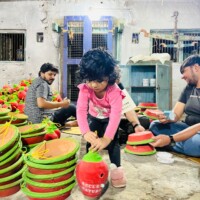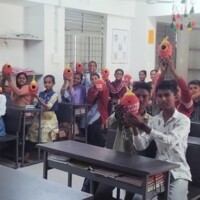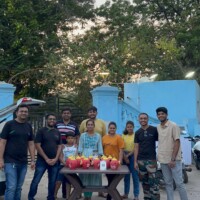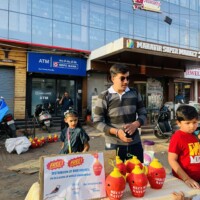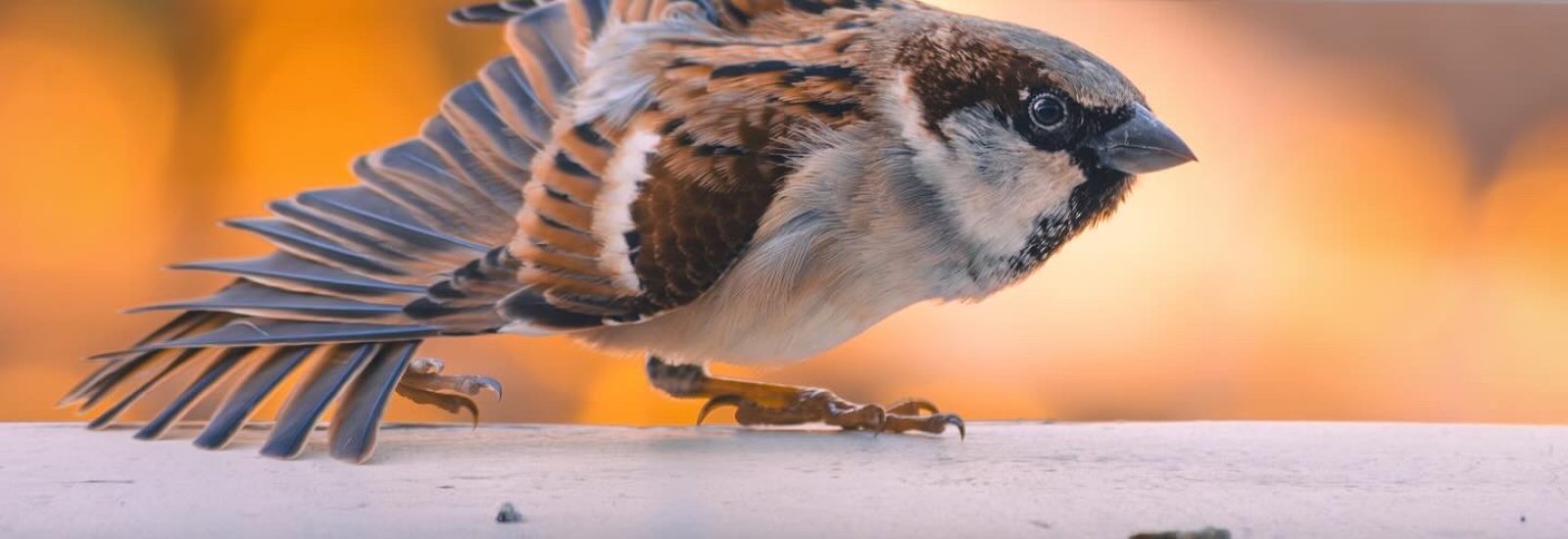
Bird House Project
Wings of Hope
Introduction
In April 2023, the Secure Nature Society launched the Bird Conservation Project, a dedicated initiative focused on the preservation and protection of bird species within their natural habitats. The project aims to counteract the threats of habitat destruction, climate change, and human interference, ensuring the long-term survival of bird populations and the ecosystems they inhabit.
Focusing on the Kutch region of Gujarat—including the towns of Mandvi, Bhuj, and the port city of Mundra—the initiative promotes awareness, monitoring, and conservation actions tailored to local ecological needs. Through community engagement, habitat restoration, and scientific observation, the Bird Conservation Project strives to create a sustainable and bird-friendly environment.
Our work is centered around two main activities:
Distribution and installation of birdhouses and water pot to provide safe nesting sites for birds.
Bird observations and surveys to monitor bird populations, understand their needs, and assess the impact of our conservation efforts.
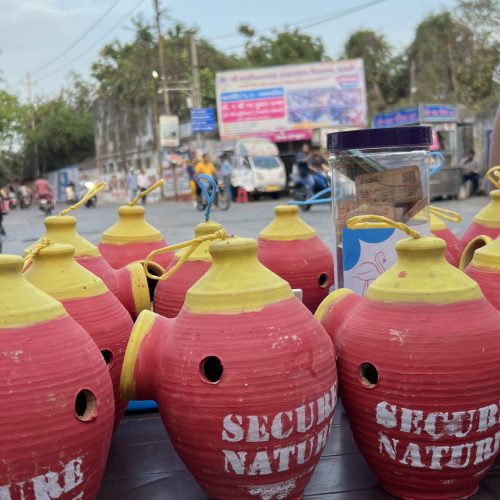
Focus on the Kutch Region – Why Conservation Is Urgent
The Kutch region—including Mandvi, Bhuj, and the port city of Mundra—is witnessing a growing environmental crisis. Based on field observations and ongoing community engagement, several pressing challenges have been identified that are negatively impacting local bird populations, especially vulnerable species like the house sparrow.
Key Environmental and Ecological Challenges:
- Unseasonal Summer Rains
Unexpected and off-season rainfall disrupts nesting cycles and damages existing nests, reducing breeding success for many bird species. - Intense Heatwaves
Rising temperatures and prolonged heat exposure create harsh living conditions, leading to dehydration, heat stress, and reduced survival rates—especially for chicks and nesting birds. - Increased Predation by Crows
Following two mass fish die-offs in nearby water bodies, a sudden influx of crows was observed. These opportunistic predators have begun targeting birdhouses and young chicks, causing a sharp decline in sparrow populations. - Rising Air Pollution
Increasing air pollution in urban and semi-urban areas affects overall air quality and indirectly harms birds by impacting their respiratory health and reducing food availability. - Increased Road Kills
As development expands and traffic increases, more birds are falling victim to vehicle collisions—particularly in areas where nesting or feeding spots are close to roads.
These overlapping threats are pushing already stressed bird populations to the brink. Sparrows, in particular, are struggling to adapt due to their reliance on predictable environmental cues and safe nesting conditions.
Our project directly responds to these issues by promoting bird-friendly habitats, distributing safe nesting shelters and water sources, and mobilizing local communities to take an active role in conservation. With continued support, we aim to reverse the decline and restore ecological balance in the region.
Birdhouse Distribution and Installation Initiative : Action on the Ground
As part of the Bird Conservation Project, The Secure Nature Society has been actively working to support local bird populations across the Kutch region. A major focus of this initiative has been the distribution and installation of birdhouses in multiple key locations.
Primary Towns Covered: Mandvi, Mundra, Bhuj
Villages Reached: Baag, Pipari, Talwana, Rayan, Nani Khakhar
Religious Sites: Matiya Dev Temple, Dhrabudi Tirthdham, Ravalpir Temple
With the active participation of community members, particularly school teachers and volunteers, the project has sparked widespread involvement. A noticeable increase in birdhouse installations around homes reflects growing community awareness and support for bird conservation.
In addition to birdhouses, the project has included the distribution of water pots and bird feed—a vital resource for birds during extremely hot and dry weather, when natural food and water sources are scarce.
Initial observations indicate that more birds are visiting and nesting in these birdhouses, signaling a positive and early impact of the initiative.
| Birdhouse, Water Pot And Feeder Distribution & Installation | |
|---|---|
| Year | Number of Items |
| 2023 | 1500 |
| 2024 | 2200 |
| 2025 | 3500 |
| Total | 7200 |
**By the time making of this report 03/05/2025
Project Coverage Areas
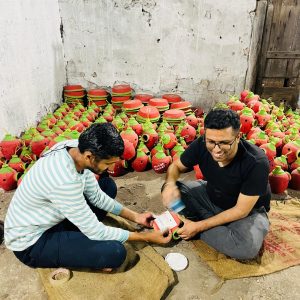
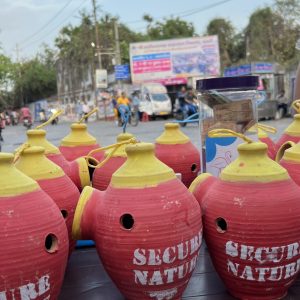
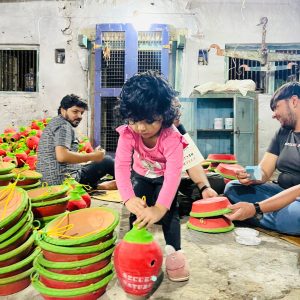

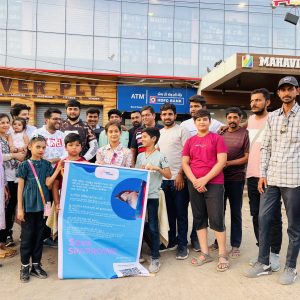
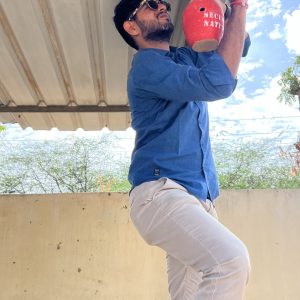
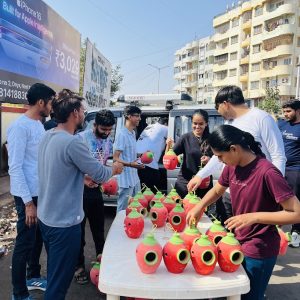
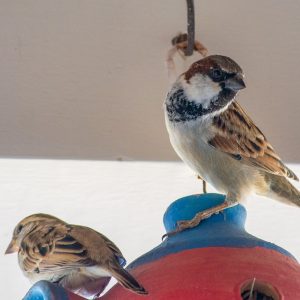
Positive Impact of Birdhouses
Over the past year, several encouraging changes have been noticed in the bird populations around a specific home involved in the Bird Conservation Project. These local observations provide insight into the effectiveness of our efforts:
1. Increase in Sparrow Population
There has been a clear and noticeable rise in the number of common house sparrows compared to previous years. This growth points to improved nesting conditions and increased availability of food and shelter.
2. Appearance of New Bulbul Species
Interestingly, two different species of bulbul have been seen nesting in the area. Previously, only one species was known to breed there, indicating a broader habitat appeal and improved ecological conditions.
3. Impact of Vegetation
The increase in local vegetation, likely due to good rainfall, has created more natural shelter for birds. This has benefited species such as sparrows, bulbuls, mynas, and starlings, offering them better protection and foraging options.
4. Effect of Birdhouses
The number of birdhouses in the area has grown from just 5–6 to over 30. While not all are currently in use, the presence of these birdhouses has had a clear positive impact:
More sparrows are nesting.
Other bird species are also visiting and exploring the area.
The environment is more supportive of bird life overall.
5. Ongoing Threat: Crow Predation
Despite these gains, crow predation remains a serious concern. Following two mass fish die-offs in the region, a sudden influx of crows was observed. These crows, drawn by the food source, have begun attacking birdhouses and targeting young birds, putting pressure on the growing sparrow population.
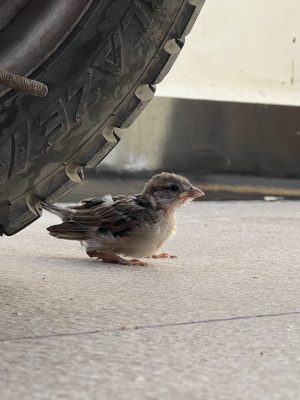
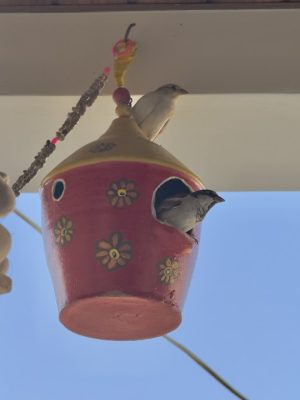
Contribute to the Cause – Ways You Can Make an Impact
The Bird Conservation Project thrives because of community involvement, and you can play a vital role in supporting this mission. Here are simple yet powerful actions you can take to help protect and preserve our bird populations:
1. Plant Native and Broadleaf Trees
Native and broadleaf trees not only provide natural shelter and nesting spots for birds, but many also bear fruits, which offer a natural food source. This helps create a self-sustaining habitat that supports bird life throughout the year.
2. Choose Familiar Native Species
Birds feel safer and are more likely to nest in environments that resemble their natural habitat. Planting native trees creates a familiar ecosystem that encourages birds to return and thrive.
3. Install Birdhouses Safely
Place birdhouses in secure, elevated locations that are protected from predators like crows and cats. Ensure they are sheltered from direct heat and harsh weather conditions.
4. Donate to Support the Cause
Your contributions help us produce and distribute more birdhouses, water pots, and bird feed. Every donation goes directly toward expanding our conservation impact across the region.
5. Join Us as a Volunteer
Be a part of our on-ground efforts—help install birdhouses, distribute feed and water pots, engage local communities, and raise awareness. Volunteers are the heart of our project, and your time and skills can make a lasting difference.
Conclusion
The Bird Conservation Project is proving to be a meaningful and effective initiative in safeguarding bird life in Kutch. While challenges like predation persist, the collective action of volunteers, educators, and community members is making a measurable difference. The increased presence of sparrows and the arrival of new bird species are testaments to the project’s early success. With continued efforts, we aim to create a more bird-friendly ecosystem across the region.

